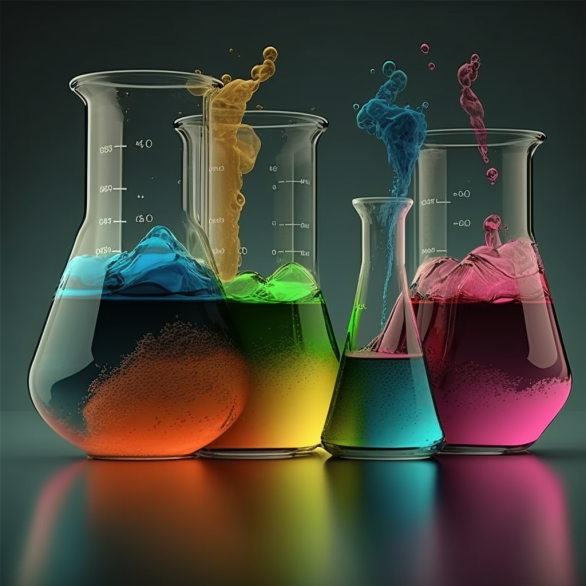Converting Metric and Imperial Volume (Honors)
Students who want honors credit learn how to convert between the two different systems of measuring volume.
Conversion between metric and imperial volume is an essential aspect of daily life for people who live in countries that use different measurement systems. In the United States and the United Kingdom, imperial units are used to measure volume, whereas most other countries, including Canada and Australia, use the metric system. The two systems differ significantly in their units of measurement, which can create confusion when converting between the two. However, with the proper knowledge and tools, converting between metric and imperial volume can be a straightforward process. In this article, we will provide examples of how to convert between metric and imperial volume.

Metric Volume Units
In the metric system, the basic unit of volume is the liter. The liter is defined as the volume of one cubic decimeter or one-thousandth of a cubic meter. The following are the most commonly used metric units of volume:
1 milliliter (mL) = 0.001 liter
1 centiliter (cL) = 0.01 liter
1 deciliter (dL) = 0.1 liter
1 liter (L) = 1,000 milliliters or 1,000 cubic centimeters (cc)
Imperial Volume Units
In the imperial system, the basic unit of volume is the gallon. One gallon is equivalent to 4 quarts, 8 pints, or 128 fluid ounces. The following are the most commonly used imperial units of volume:
1 fluid ounce (fl oz) = 1/128 gallon
1 pint (pt) = 1/8 gallon
1 quart (qt) = 1/4 gallon
1 gallon (gal) = 128 fluid ounces, 8 pints, or 4 quarts
Converting Between Metric and Imperial Volume
To convert between metric and imperial volume, you will need to use conversion factors. Conversion factors are ratios that allow you to convert from one unit of measurement to another. For example, to convert liters to gallons, you would use the following conversion factor:
1 liter = 0.264172 gallons
This conversion factor means that one liter is equal to 0.264172 gallons. To convert liters to gallons, you would multiply the number of liters by 0.264172. For example, if you wanted to convert 5 liters to gallons, you would do the following:
5 liters x 0.264172 = 1.32086 gallons
So, 5 liters is equal to 1.32086 gallons.
Conversely, to convert gallons to liters, you would use the following conversion factor:
1 gallon = 3.78541 liters
This conversion factor means that one gallon is equal to 3.78541 liters. To convert gallons to liters, you would multiply the number of gallons by 3.78541. For example, if you wanted to convert 3 gallons to liters, you would do the following:
3 gallons x 3.78541 = 11.35623 liters
So, 3 gallons is equal to 11.35623 liters.
Convert 2 liters to fluid ounces.
First, we need to convert liters to milliliters because the conversion factor between milliliters and fluid ounces is easier to use:
1 milliliter = 0.033814 fluid ounces
2 liters x 1,000 milliliters per liter x 0.033814 fluid ounces per milliliter = 67.628 fluid ounces
So, 2 liters is equal to 67.628 fluid ounces.
Convert 16 fluid ounces to milliliters.
First, we need to convert fluid ounces to milliliters because the conversion factor between milliliters and fluid ounces is easier to use:
1 fluid ounce = 29.5735 milliliters
16 fluid ounces x 29.5735 = 473.176 milliliters
So 16 fluid ounces = 473.176 milliliters
You can find converters in search engines that make it simple, fast, and accurate for complex conversions.